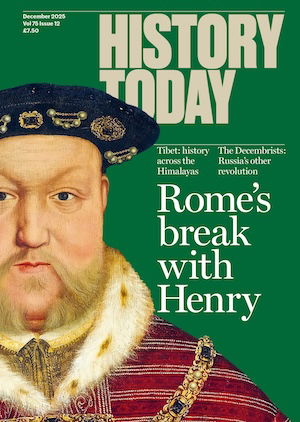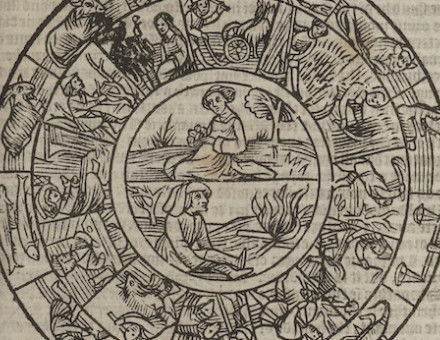The Hunt for Medieval Kings
As the search for lost medieval kings continues, interest in them seems stronger than ever. But a warning from the past speaks of their – and our – ruin.
There was much excitement recently about the news that – hot on the heels of the finding of Richard III’s body in Leicester a few years ago – an investigation has begun to explore the site of Reading Abbey, which may involve locating the remains of Henry I.





